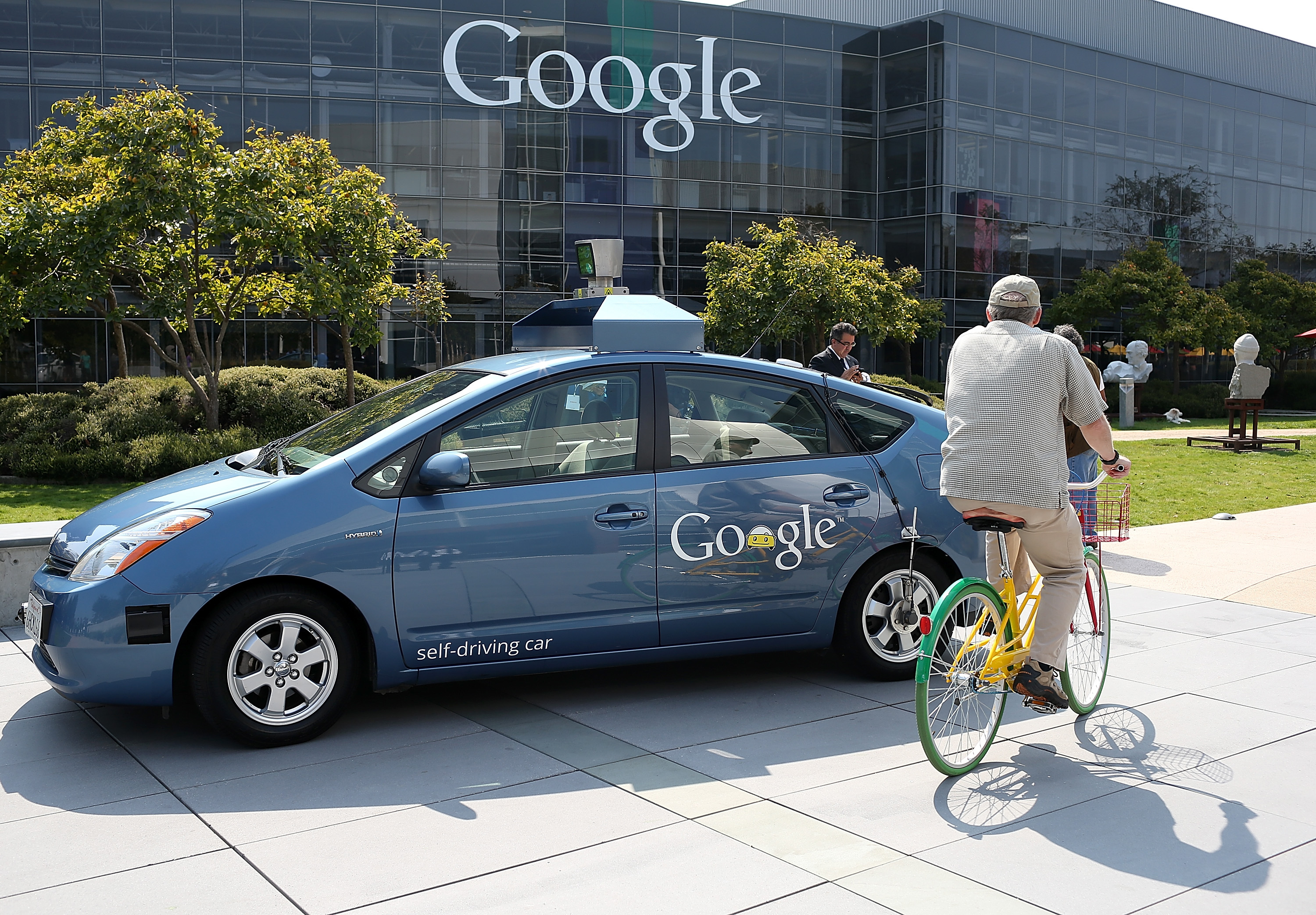(Photo from : Inverse.com )
Since its inception in 2009, Google’s driverless car project has been at the cutting edge of autonomous car technology. With no pedals and no steering wheel, the 2014 ‘Koala Car’ prototype model was a game-changer, offering a safer and more comfortable driving experience with the aim of revolutionising mobility into the future. The semi-secret research branch, Google X, developed the technology using a complex system of lasers and sensors, enabling the ‘Koala Car’ to map the road layout, whilst identifying and predicting the actions of pedestrians and road users alike. Safe, convenient and comfortable: what’s not to like? Perhaps the price tag! Adding approximately $10,000 to the sticker price of any vehicle, self-driving technology is definitely not affordable for the average individual and according to a study conducted on Autonomous Cars for the IHS, the additional software will still have a hefty price tag of $5000 by 2035. Nevertheless, this ground-breaking technology offers the potential to eradicate human error, creating a safer driving experience. The positive potential for this software is undeniable, which prompts the question: would it be possible to introduce this technology to thousands of people, without substantial financial implications?
Car sharing could provide the answer. Businesses such as Liftshare are expanding rapidly due to the huge number of sharing benefits: commuters can reduce the cost of travel by splitting petrol expenses, which in most cases works out to be cheaper than using public transport. Inner-city congestion and environmental pollution is reduced, combined with the fact that members are free to travel without the burden of vehicle maintenance. Sounds good, doesn’t it? Currently, Liftshare facilitates over 1 million shared lifts per month and claims to save a commuter approximately £1000 annually. Advantages of car sharing could be multiplied if Google Cars were introduced: Google’s map routing ability would enable autonomous cars to understand traffic patterns and navigate large cities using the least congested routes, ensuring fuel efficiency AND further environmental impact reduction.
There’s only one problem: this idea of a ‘sharing economy’ is a relatively new concept. Ultimately, the ‘sharing economy’ revolves around the use and access of shared resources, whether they are physical (such as a car) or human assets (such as labour). Trading does not occur exclusively without monetary exchange, but different forms of value can be exchanged freely to create the most efficient and beneficial economy for all stakeholders. A hybrid economy which allows person-to-person exchanges would create the potential for an alternative socio-economic system that discourages excessive consumption and self-interest, but instead encourages collaboration and inclusion. Popular examples of this theory exist today, although they’re not always recognised as characteristics of a ‘sharing economy’: crowd-funding, upcycling and favour exchanges are just a few ways the sharing economy eliminates waste and empowers citizens.
If a high-profile brand such as Google could facilitate lift shares in driverless vehicles, it would raise the profile of the shared economy model and force us to raise our game by collaborating with others, to work towards a brighter and more sustainable future for all.
By Julia Constable

